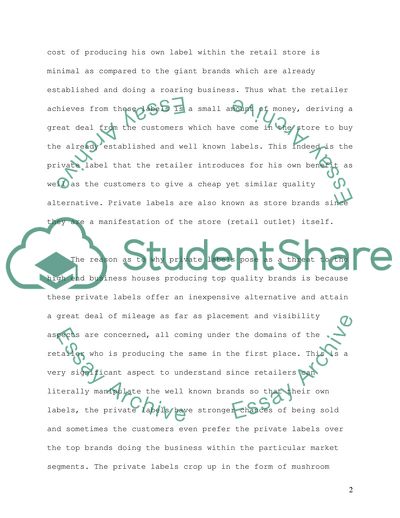Cite this document
(Private Label in Retail Marketing Essay Example | Topics and Well Written Essays - 2500 words, n.d.)
Private Label in Retail Marketing Essay Example | Topics and Well Written Essays - 2500 words. https://studentshare.org/marketing/1713233-retail-marketing-private-label
Private Label in Retail Marketing Essay Example | Topics and Well Written Essays - 2500 words. https://studentshare.org/marketing/1713233-retail-marketing-private-label
(Private Label in Retail Marketing Essay Example | Topics and Well Written Essays - 2500 Words)
Private Label in Retail Marketing Essay Example | Topics and Well Written Essays - 2500 Words. https://studentshare.org/marketing/1713233-retail-marketing-private-label.
Private Label in Retail Marketing Essay Example | Topics and Well Written Essays - 2500 Words. https://studentshare.org/marketing/1713233-retail-marketing-private-label.
“Private Label in Retail Marketing Essay Example | Topics and Well Written Essays - 2500 Words”. https://studentshare.org/marketing/1713233-retail-marketing-private-label.


